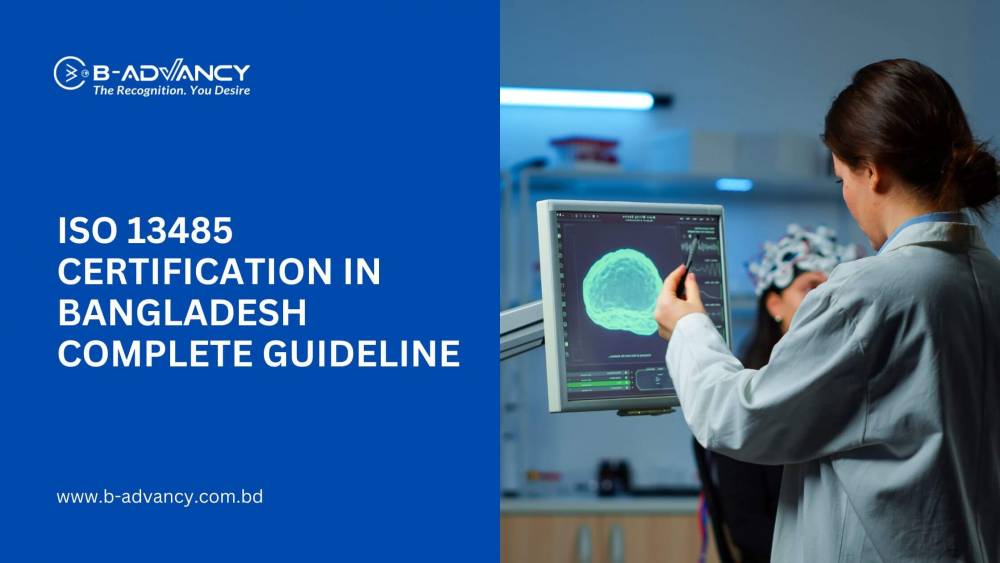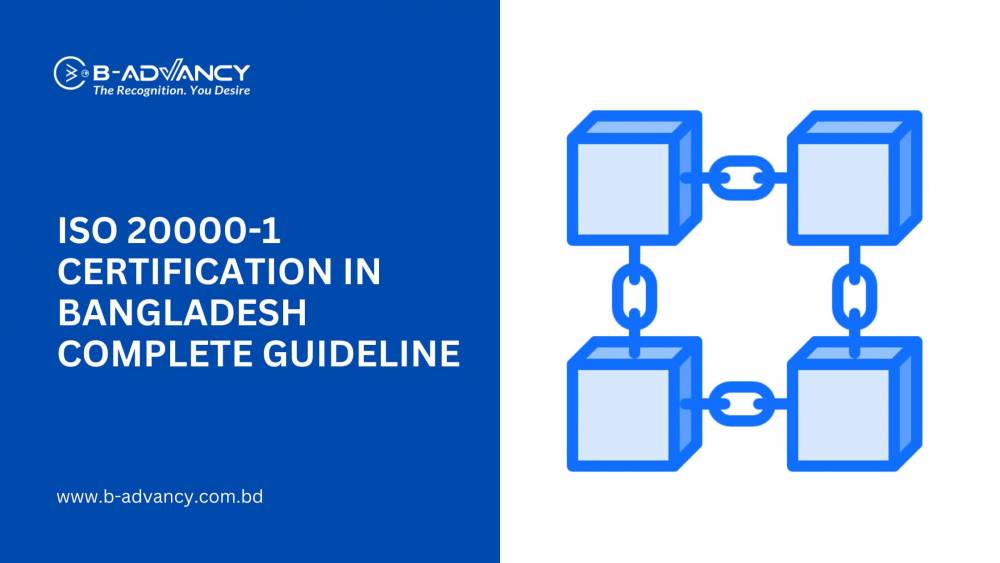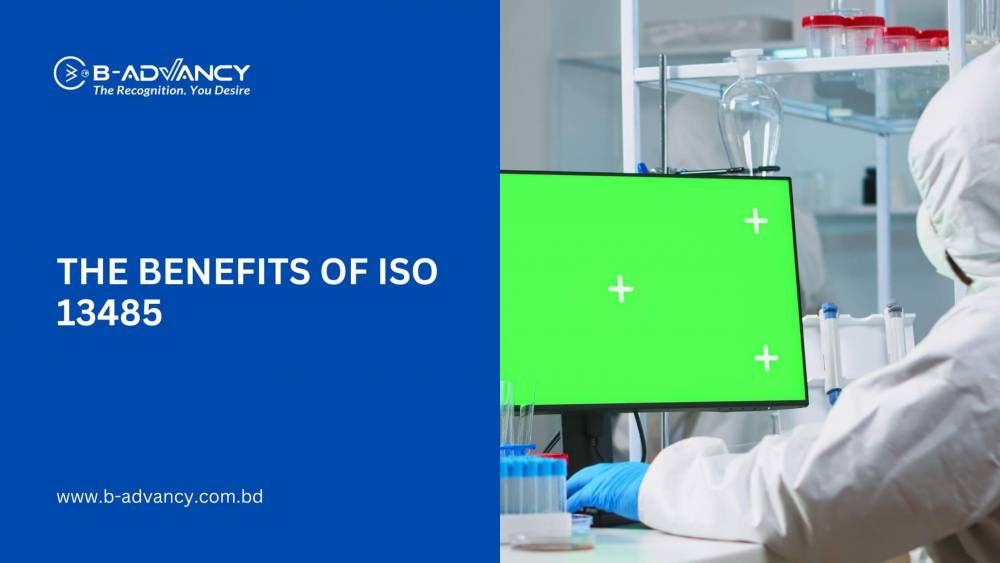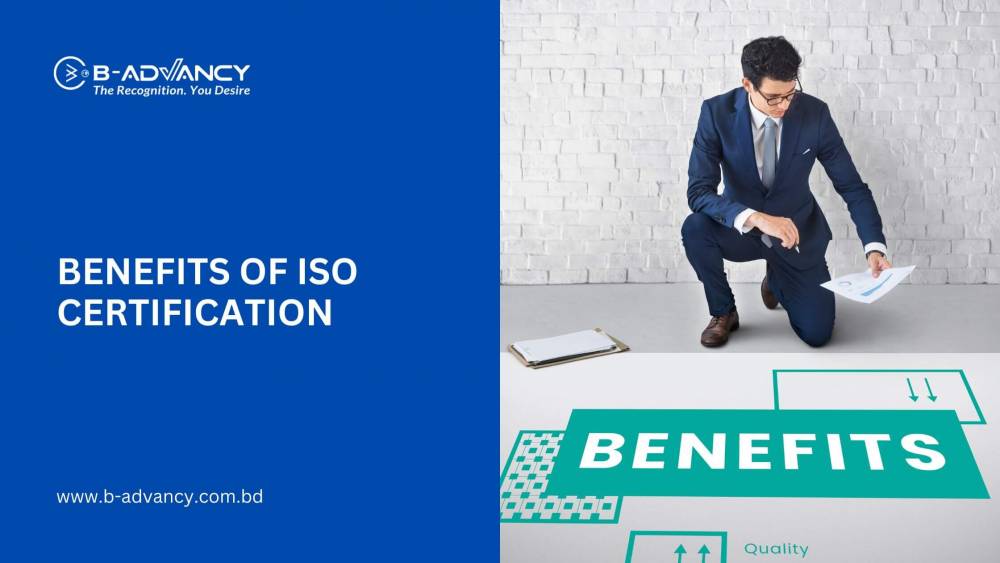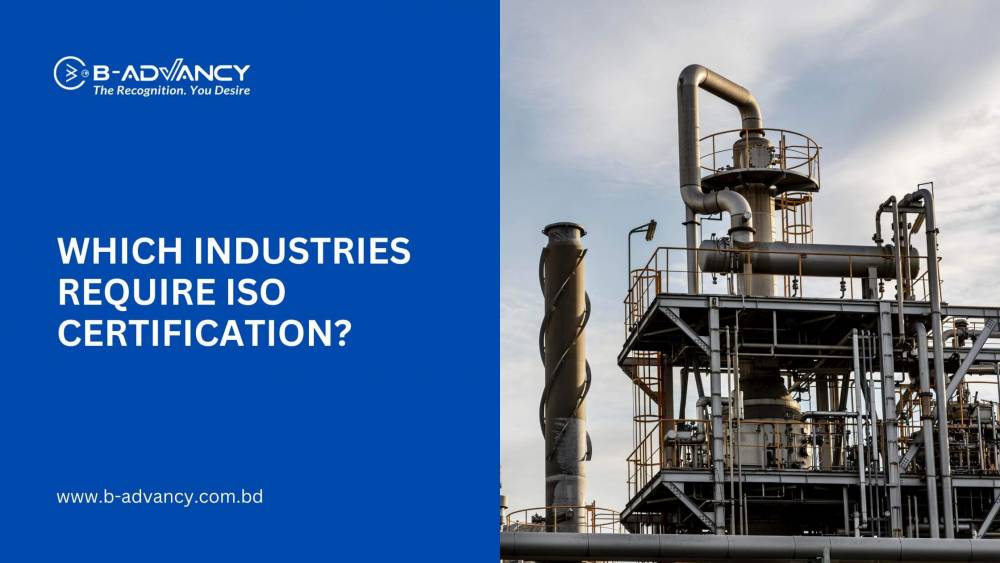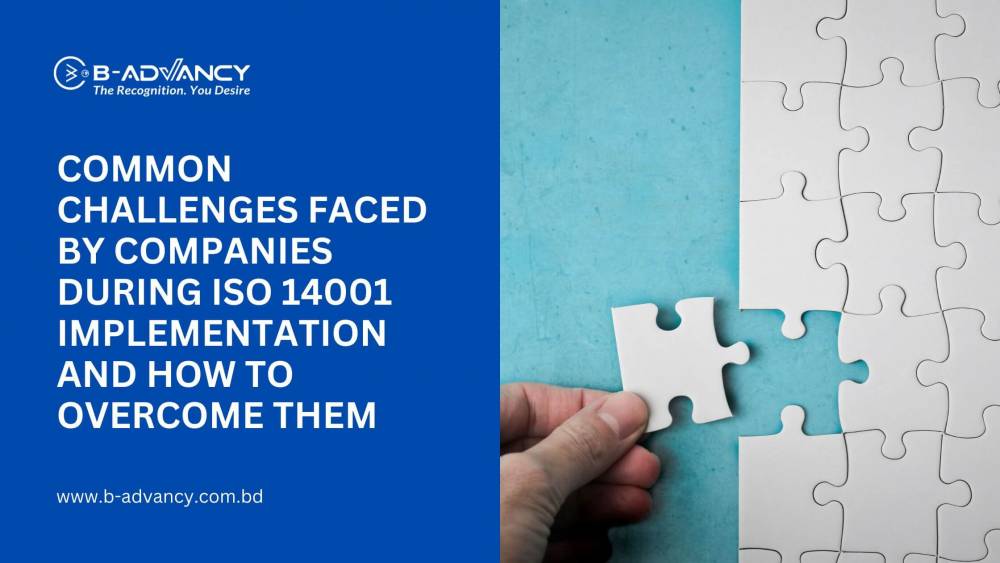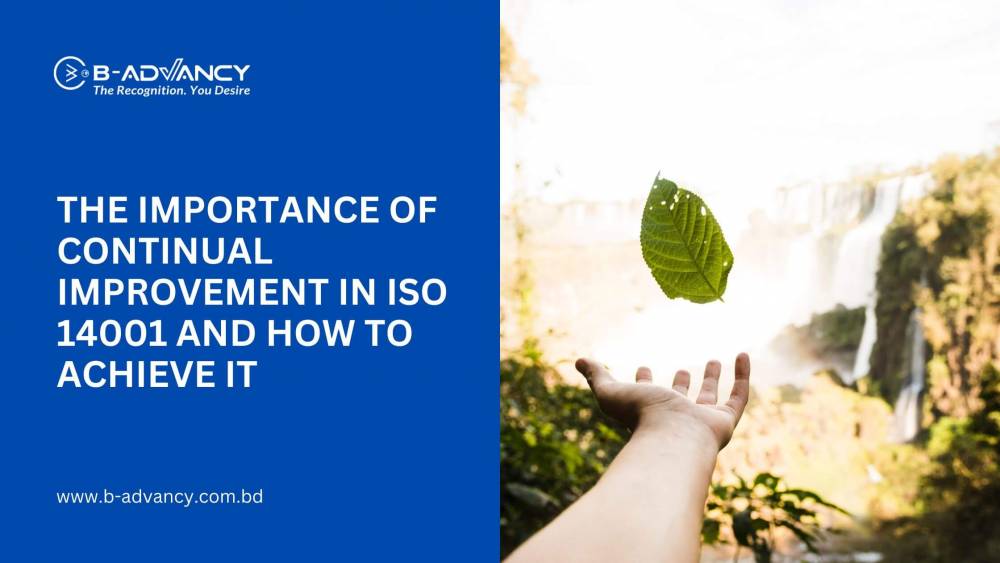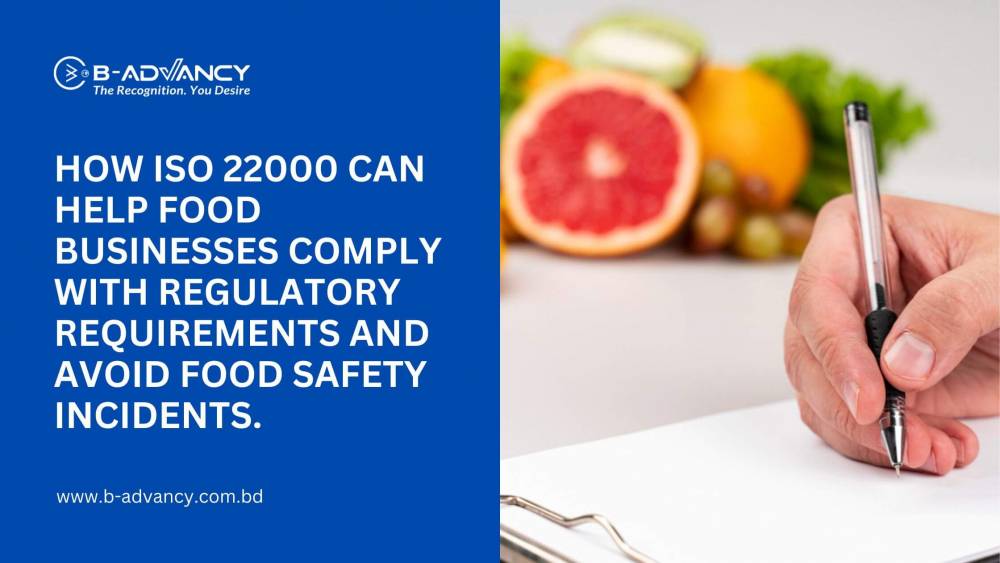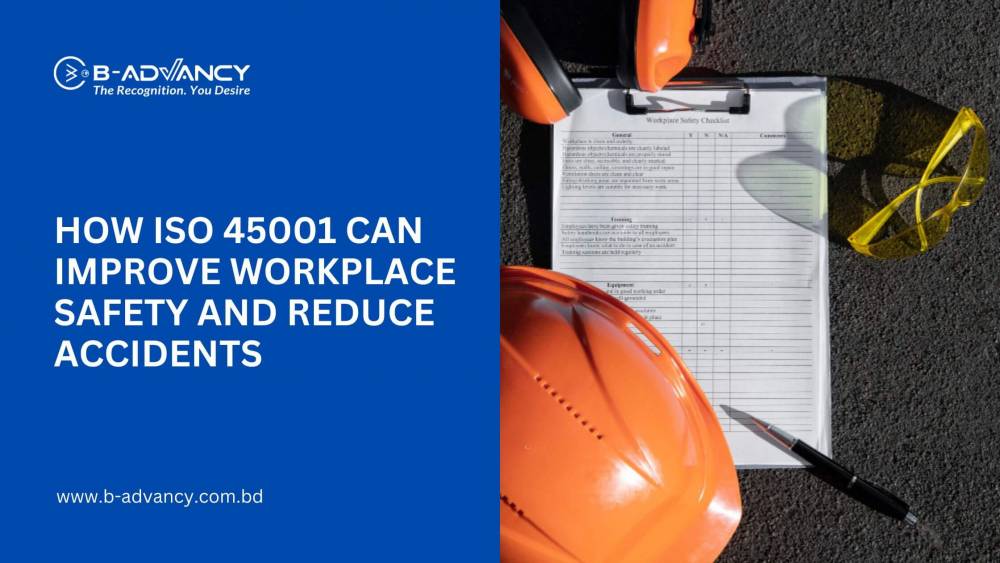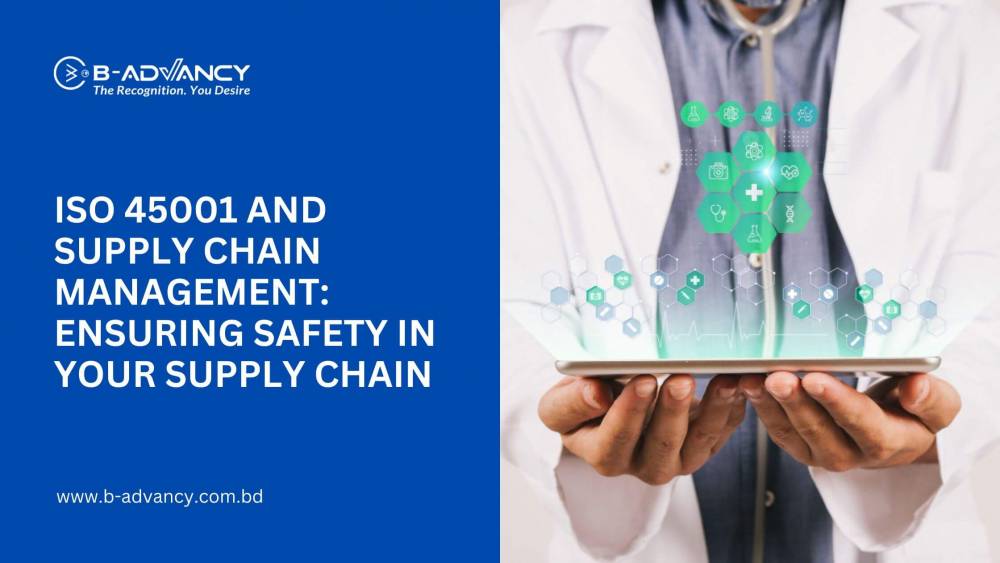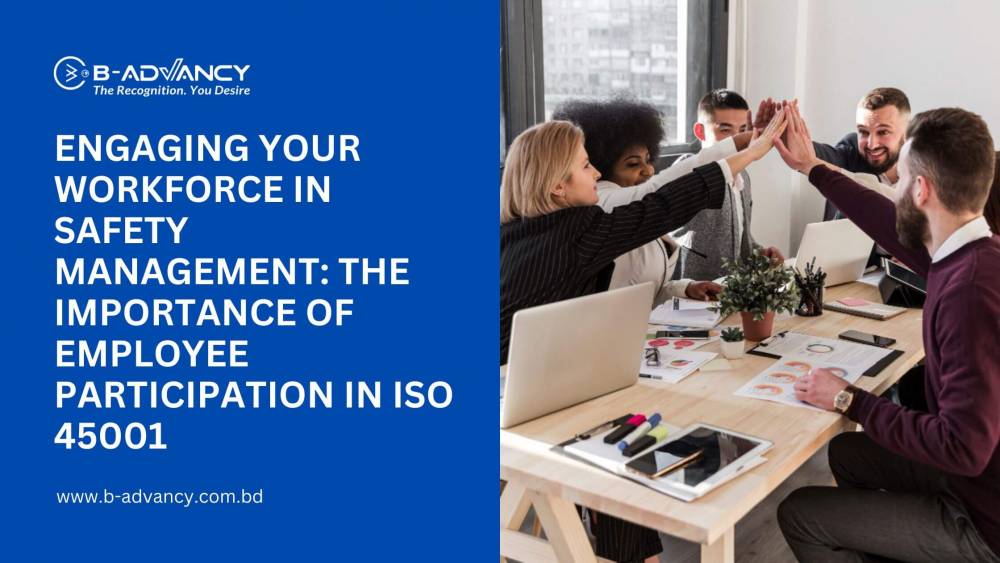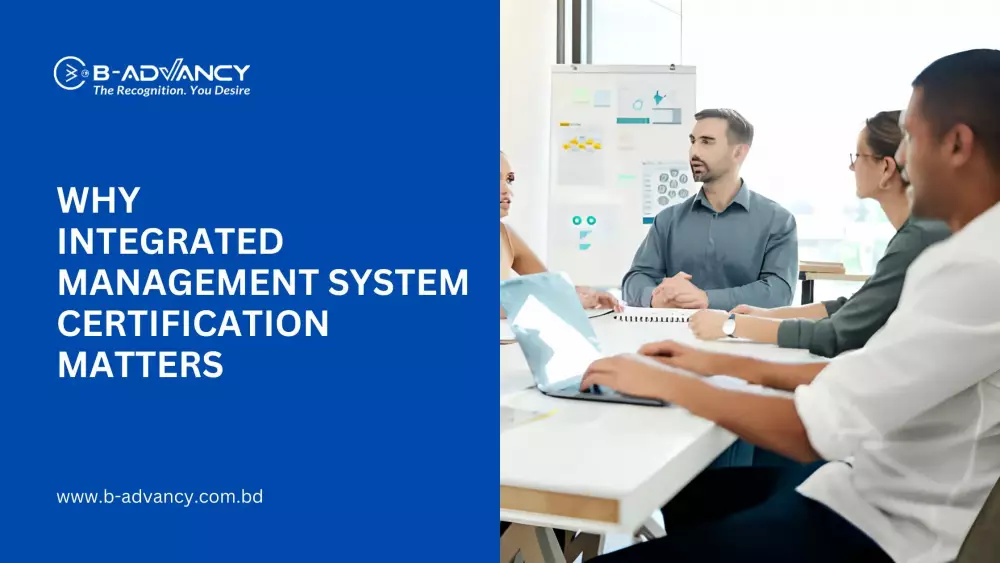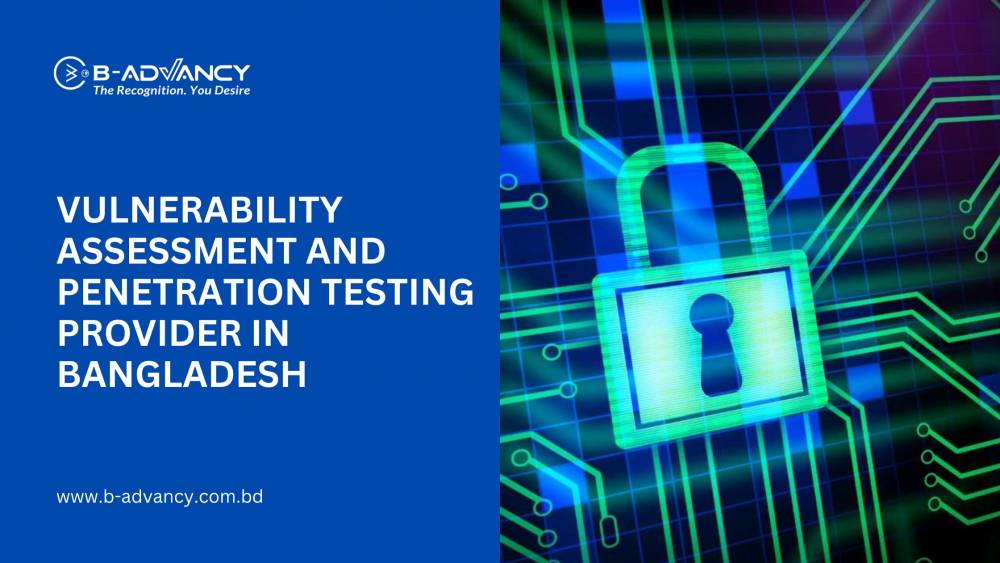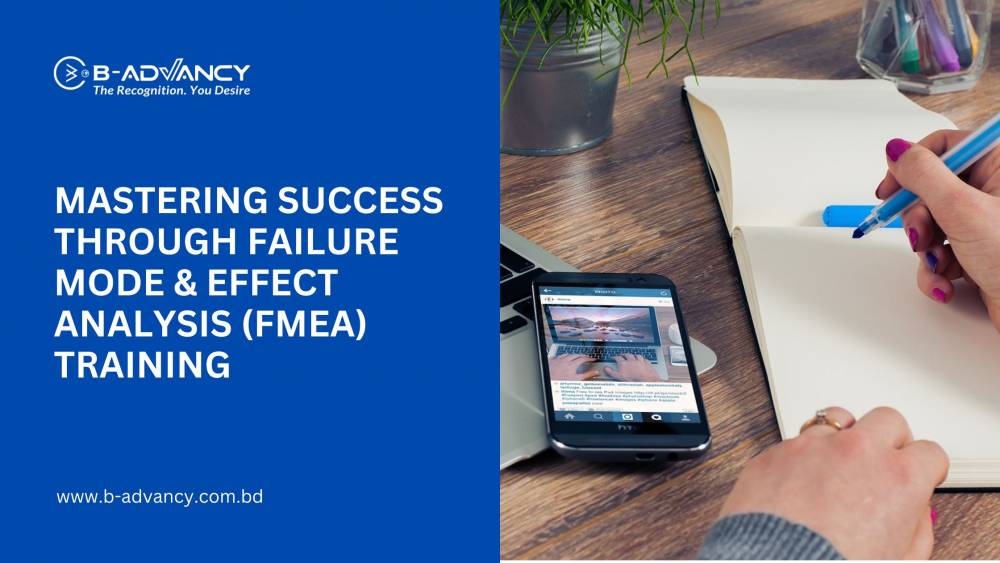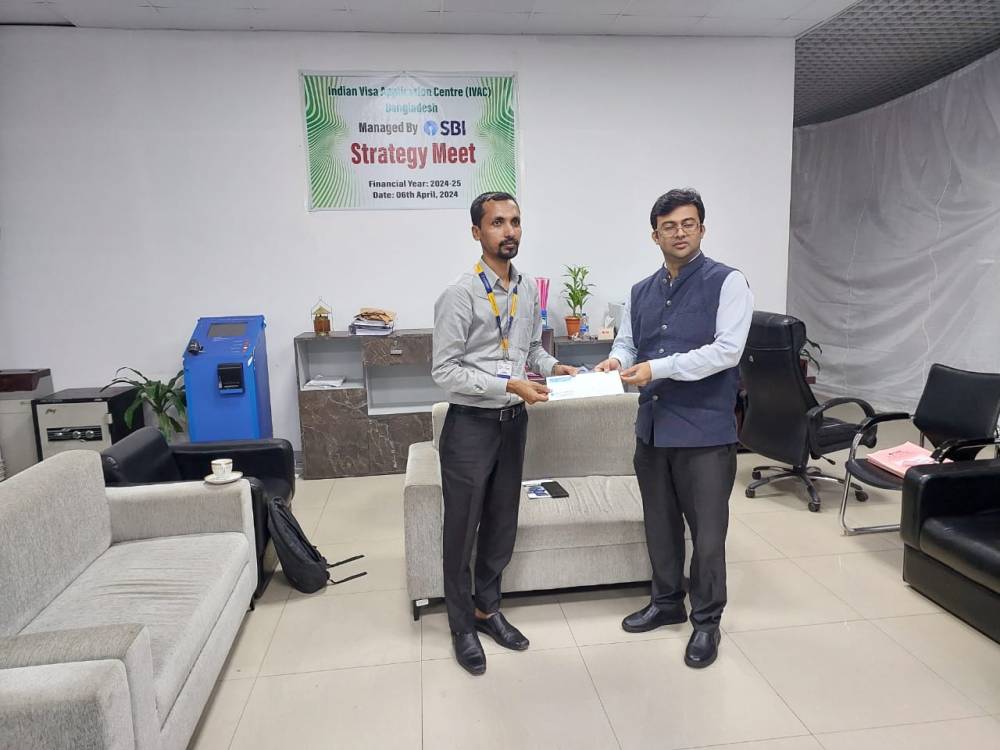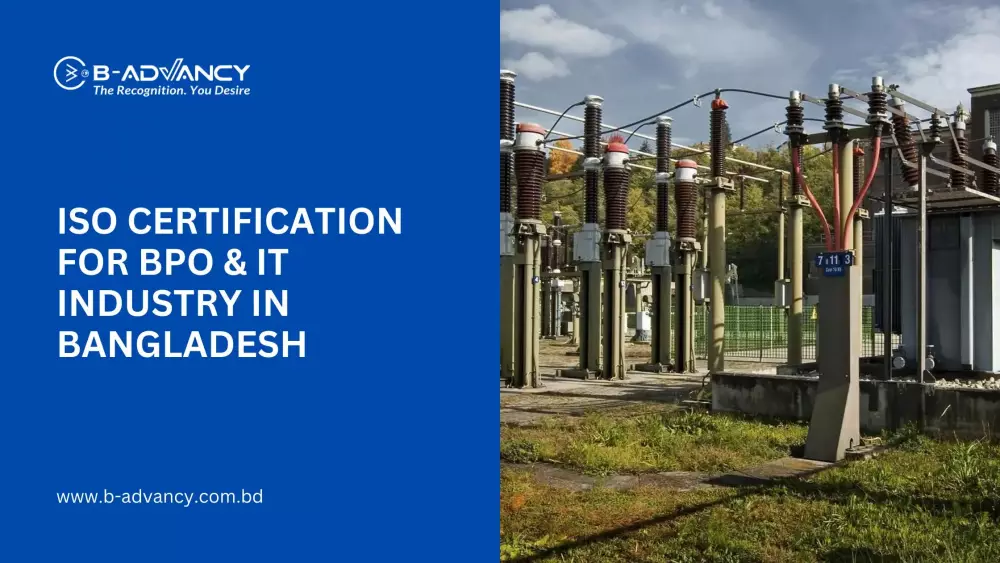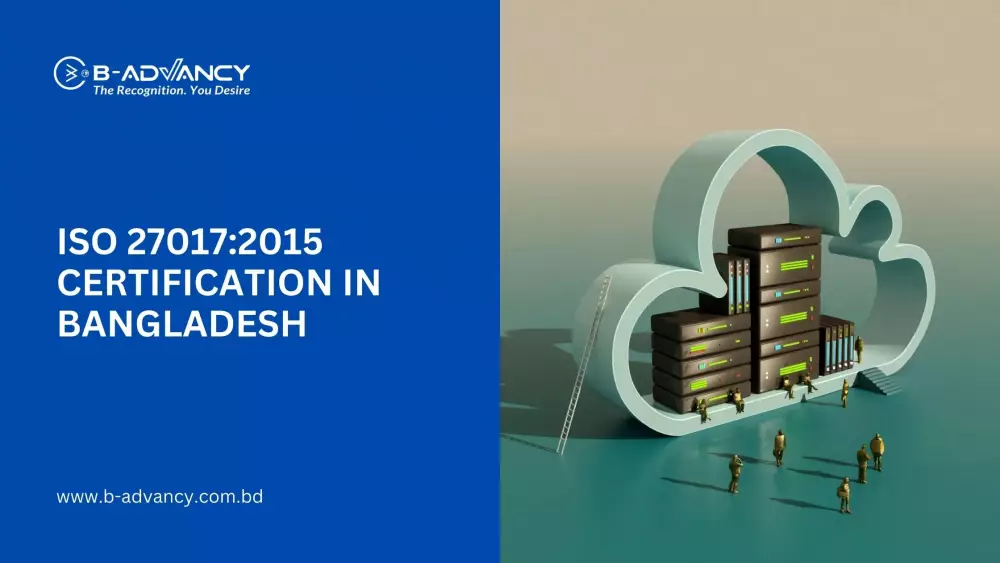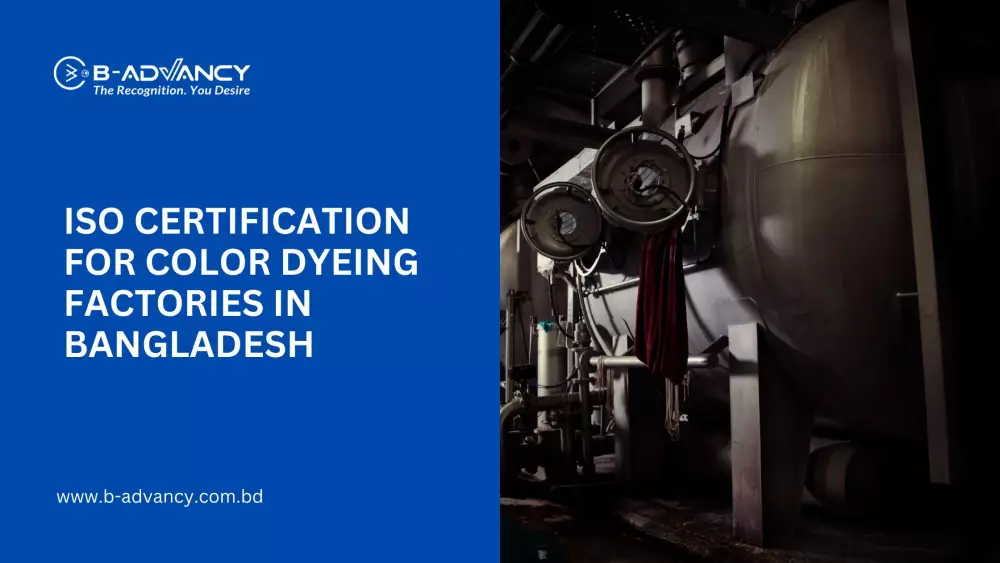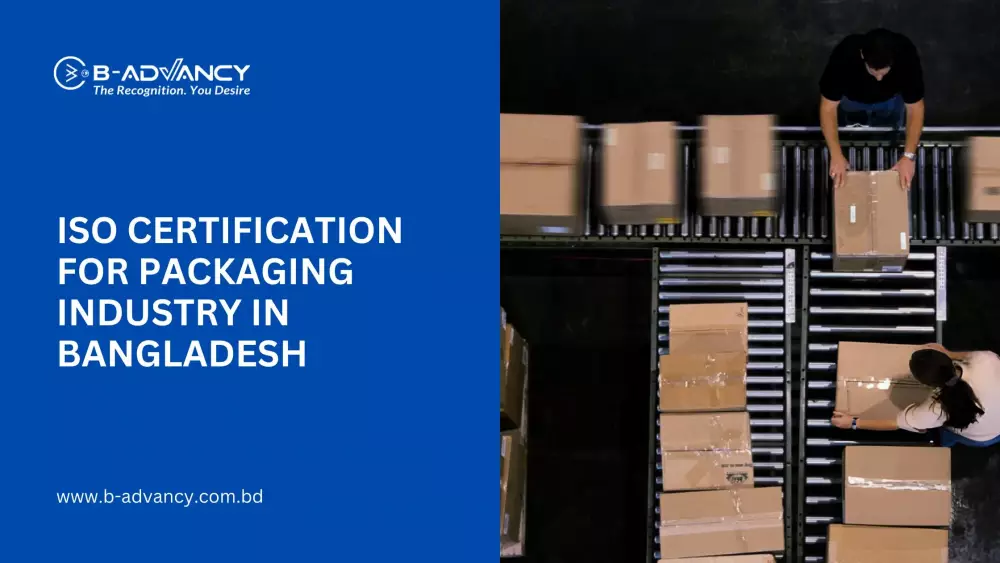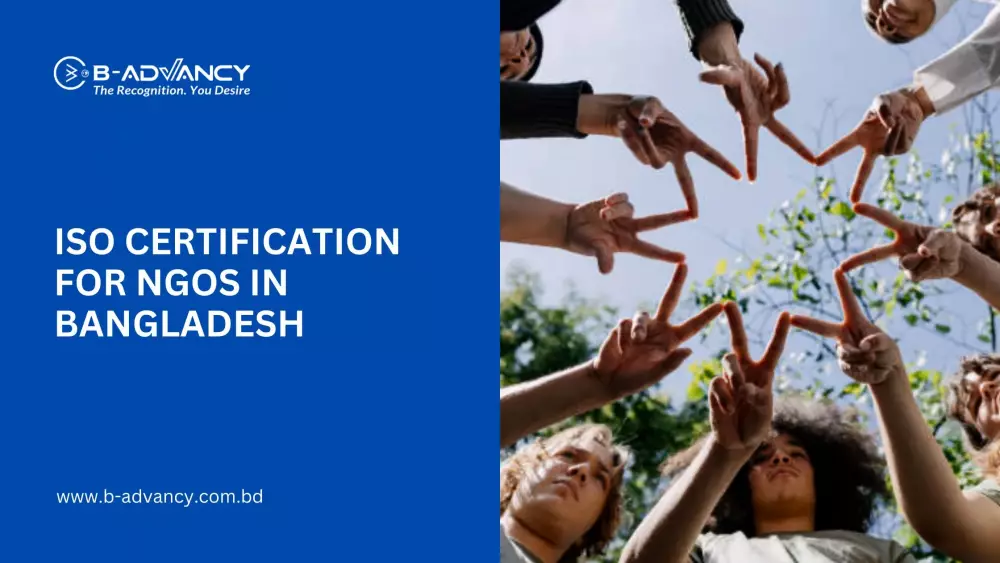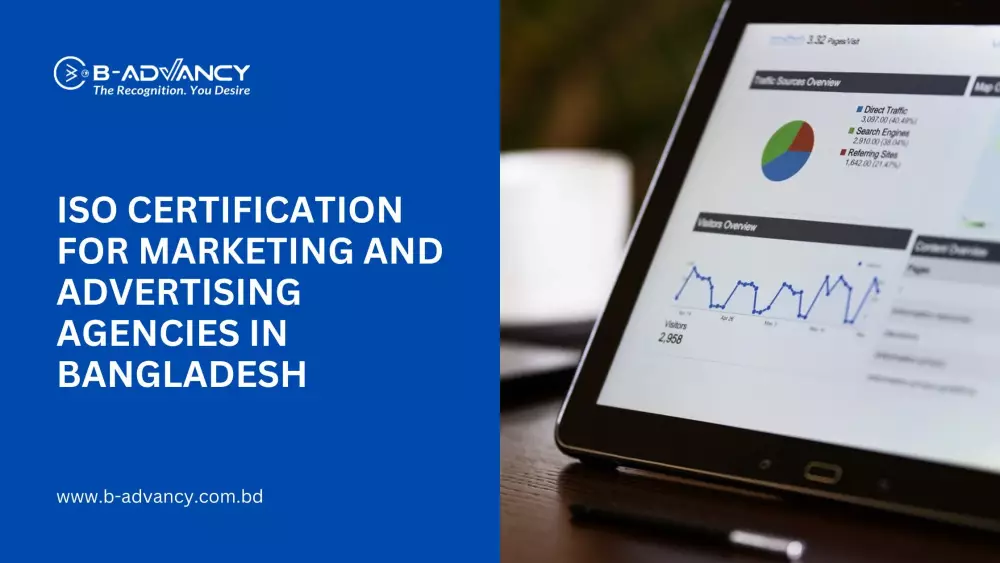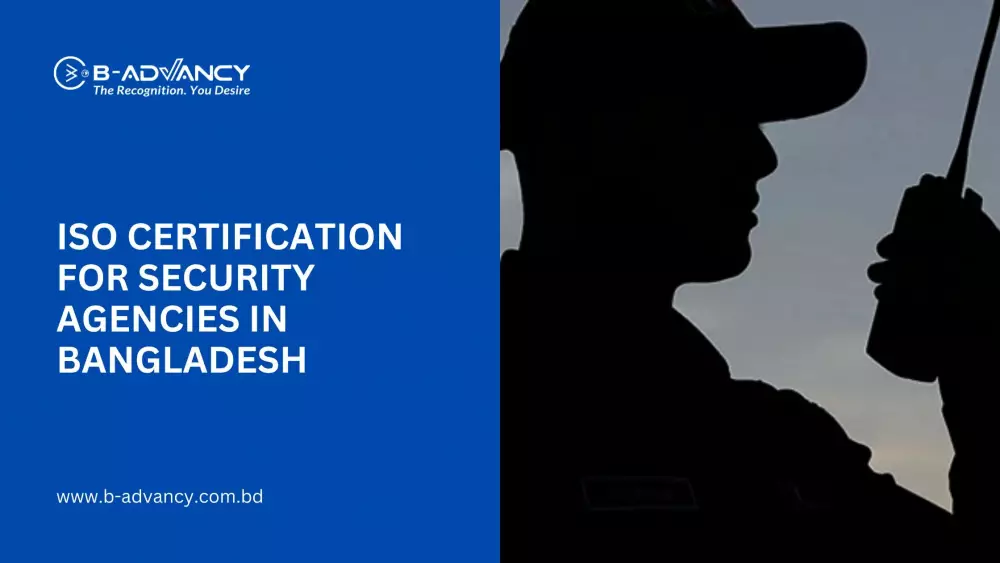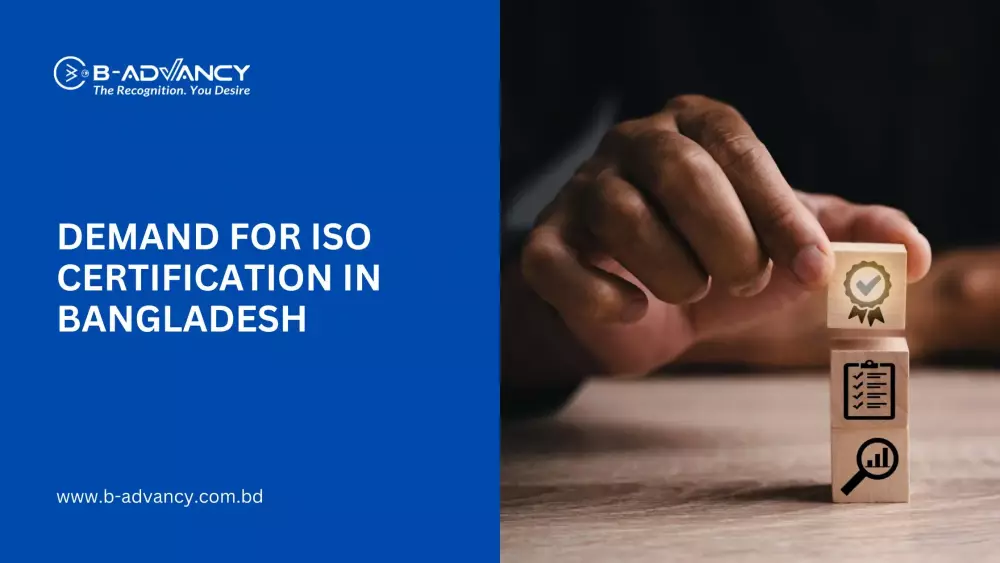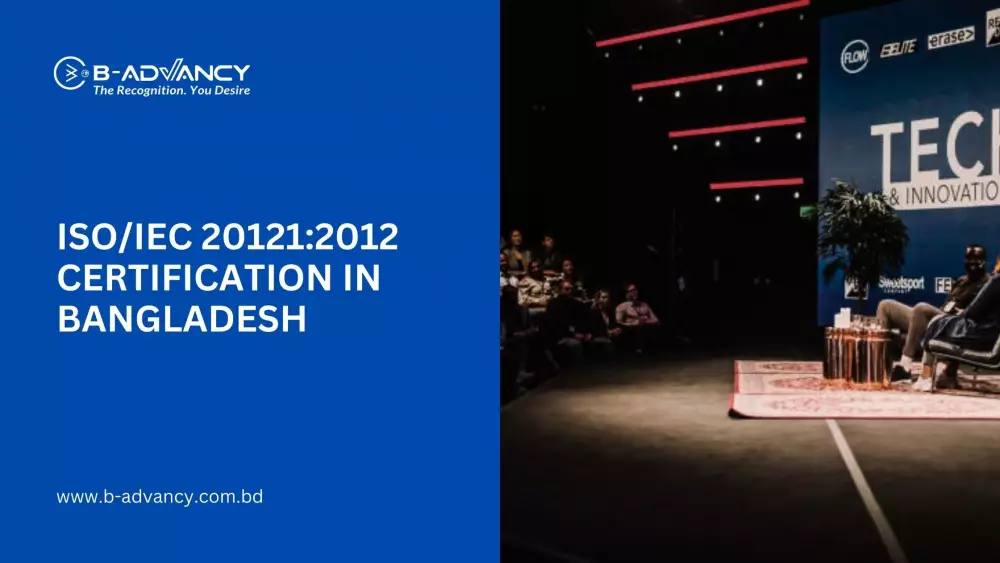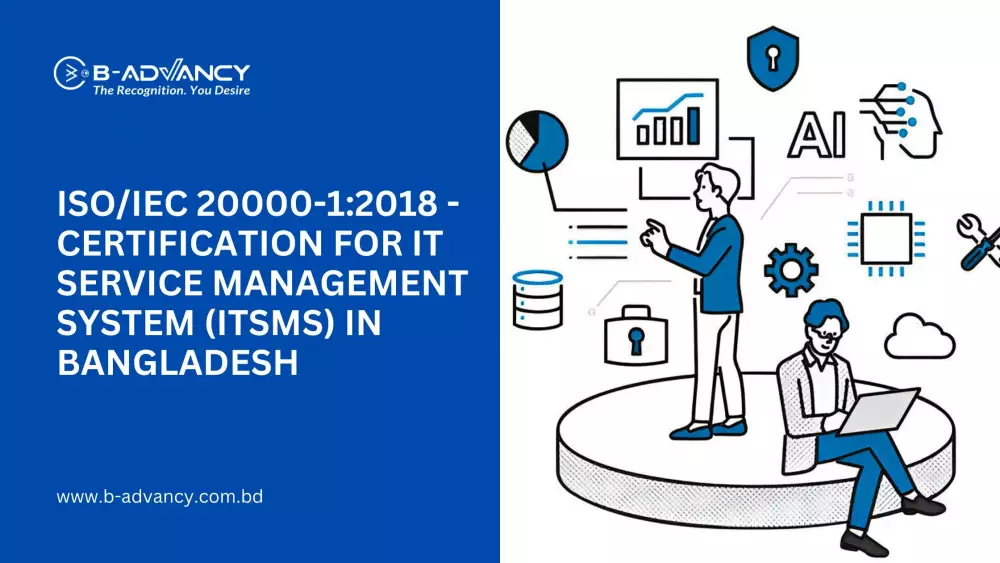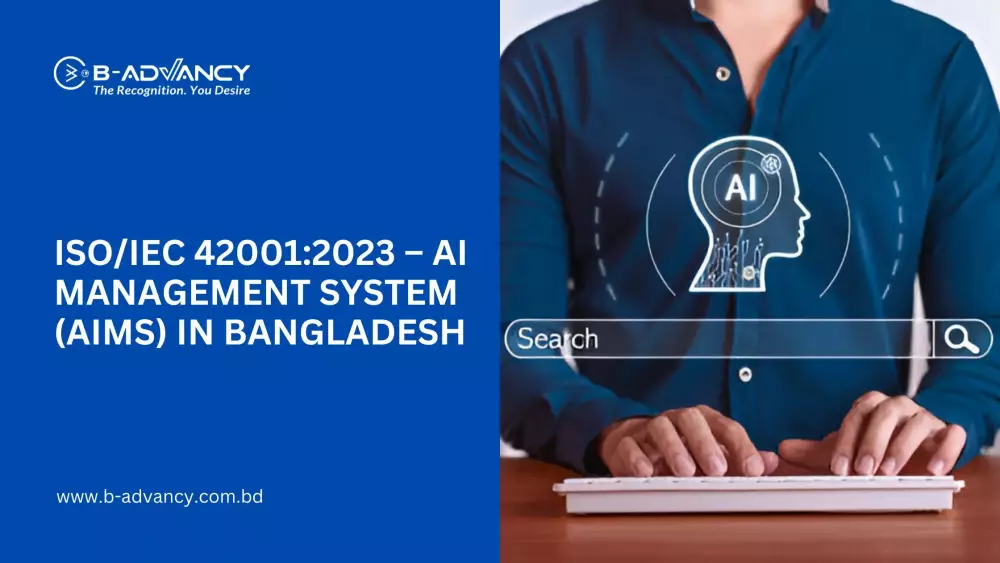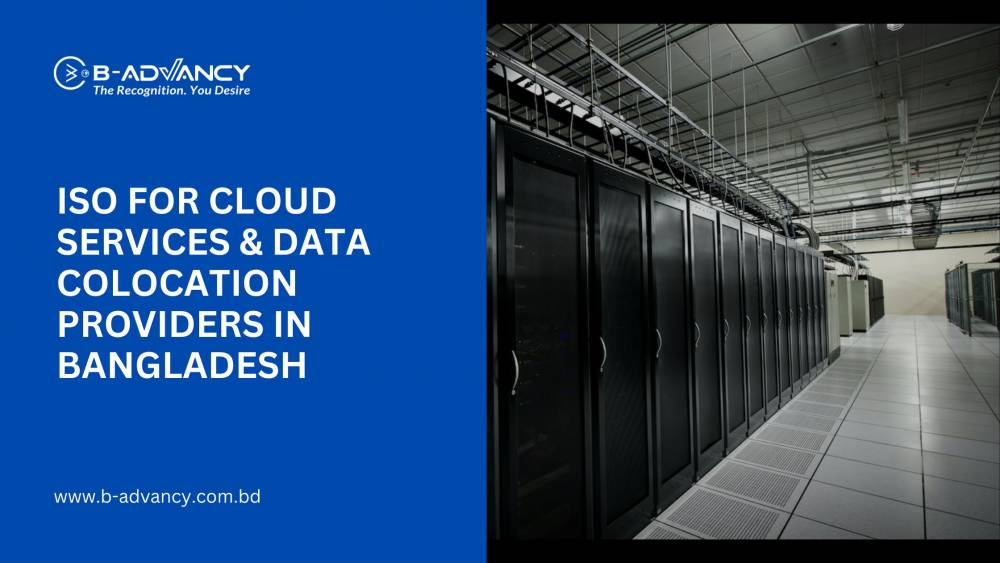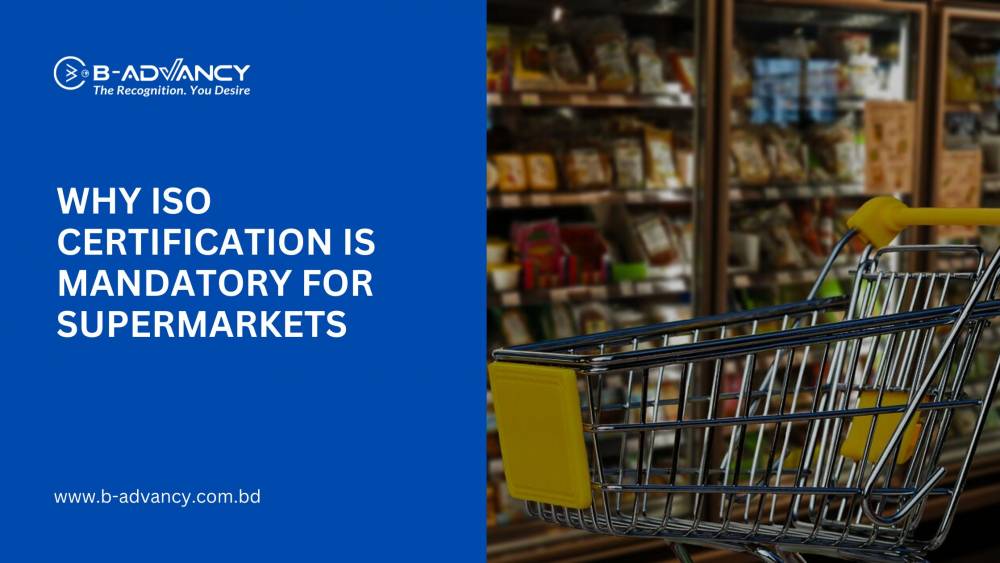In today's digital age, data breaches and cyber-attacks have become more frequent and sophisticated, leading to significant financial and reputational damages. To prevent such risks, organizations need to establish robust information security management systems (ISMS). ISO 27001 is an international standard that provides a framework for implementing an ISMS to protect an organization's information assets. However, implementing ISO 27001 requires senior management involvement to ensure its success.
Understanding ISO 27001
ISO 27001 is a globally recognized standard that provides a framework for implementing an ISMS. The standard outlines a systematic approach to manage sensitive information, including risk assessment, risk treatment, and ongoing monitoring and improvement. Implementing ISO 27001 can bring many benefits to an organization, including improved information security, increased customer confidence, and compliance with legal and regulatory requirements.
The Role of Senior Management in ISO 27001 Implementation
The success of ISO 27001 implementation relies heavily on senior management involvement. Senior management sets the tone at the top, establishes policies, provides resources, ensures employee awareness, conducts risk assessments, manages third-party relationships, and monitors performance.
Setting the Tone at the Top: Senior management must demonstrate a commitment to information security by setting the tone at the top. They should establish a culture of security, communicate the importance of information security to all employees, and lead by example.
Establishing Information Security Policies: Senior management must establish information security policies that align with the organization's objectives, regulatory requirements, and best practices. Policies should be communicated to all employees, and compliance should be enforced.
Providing Resources: Implementing ISO 27001 requires resources, including financial, technical, and human resources. Senior management must provide the necessary resources to ensure the success of the implementation.
Ensuring Employee Awareness: Employees are the first line of defense against cyber threats. Senior management must ensure that all employees are aware of their roles and responsibilities in protecting information assets.
Conducting Risk Assessments: Risk assessments are a critical component of ISO 27001 implementation. Senior management must ensure that the organization's risk assessment process is thorough and that risks are identified, evaluated, and treated appropriately.
Managing Third-Party Relationships: Organizations often rely on third-party vendors to provide products or services. Senior management must ensure that third-party relationships are managed effectively and that vendors comply with the organization's information security policies and requirements.
Monitoring Performance: ISO 27001 requires ongoing monitoring and performance measurement to ensure the effectiveness of the ISMS. Senior management must establish performance metrics, regularly monitor performance, and take corrective actions when necessary.
Challenges in Implementing ISO 27001
Implementing ISO 27001 can present several challenges, including resistance to change, insufficient resources, lack of employee buy-in, and failure to continuously monitor and improve. To overcome these challenges, senior management must take proactive steps to address them.
Resistance to Change: Implementing ISO 27001 requires changes to existing processes, policies, and procedures. Senior management must communicate the benefits of the change, involve employees in the implementation process, and provide training and support.
Insufficient Resources: Implementing ISO 27001 can be costly, requiring financial, technical, and human resources. Senior management must allocate the necessary resources to ensure the success of the implementation.
Lack of Employee Buy-in: Employees may resist changes to existing processes, policies, and procedures. Senior management must involve employees in the implementation process, provide training and support, and communicate the benefits of the change.
Failure to Continuously Monitor and Improve: ISO 27001 requires ongoing monitoring and performance measurement to ensure the effectiveness of the ISMS. Senior management must establish performance metrics, regularly monitor performance, and take corrective actions when necessary.
Best Practices for Senior Management Involvement in ISO 27001 Implementation
To ensure the success of ISO 27001 implementation, senior management should follow these best practices:
Top-Down Communication: Senior management should communicate the importance of information security to all employees and involve them in the implementation process. Communication should be ongoing and transparent, with regular updates on the progress of the implementation.
Collaboration with Key Stakeholders: Senior management should collaborate with key stakeholders, including IT, legal, and compliance teams, to ensure that the implementation aligns with the organization's objectives and regulatory requirements.
Regular Performance Monitoring and Reporting: Senior management should establish performance metrics and regularly monitor the performance of the ISMS. Performance reports should be shared with key stakeholders and used to identify areas for improvement.
Continual Improvement: ISO 27001 requires continual improvement of the ISMS. Senior management should establish a process for identifying and addressing areas for improvement and involve employees in the process.
Case Studies
One example of the importance of senior management involvement in ISO 27001 implementation is the Marriott data breach in 2018. The breach affected up to 500 million guests, leading to significant financial and reputational damages. The breach occurred due to the lack of proper security controls and oversight by senior management. Had senior management been involved in the implementation of ISO 27001, the breach may have been prevented or mitigated.
In contrast, another example is the implementation of ISO 27001 by Fujitsu, a global IT services provider. Fujitsu recognized the importance of senior management involvement and established a dedicated team to oversee the implementation. The team included senior executives from various departments, including IT, legal, and compliance. As a result of their efforts, Fujitsu achieved ISO 27001 certification and improved its information security posture.
Real-World Statistics and Facts
According to the 2021 Cost of a Data Breach Report by IBM, the average cost of a data breach is $4.24 million. The report also found that organizations with a mature security posture, such as those that have implemented ISO 27001, have a lower likelihood of experiencing a data breach and a lower cost per record lost.
According to a survey by PwC, 87% of CEOs are concerned about cyber threats, and 62% believe that they will be targeted by a cyber attack. However, only 21% of organizations have implemented ISO 27001, indicating a gap between awareness and action.
Conclusion
In conclusion, ISO 27001 implementation requires senior management involvement to ensure its success. Senior management must set the tone at the top, establish information security policies, provide resources, ensure employee awareness, conduct risk assessments, manage third-party relationships, and monitor performance. By following best practices such as top-down communication, collaboration with key stakeholders, regular performance monitoring and reporting, and continual improvement, organizations can improve their information security posture and prevent costly data breaches.













